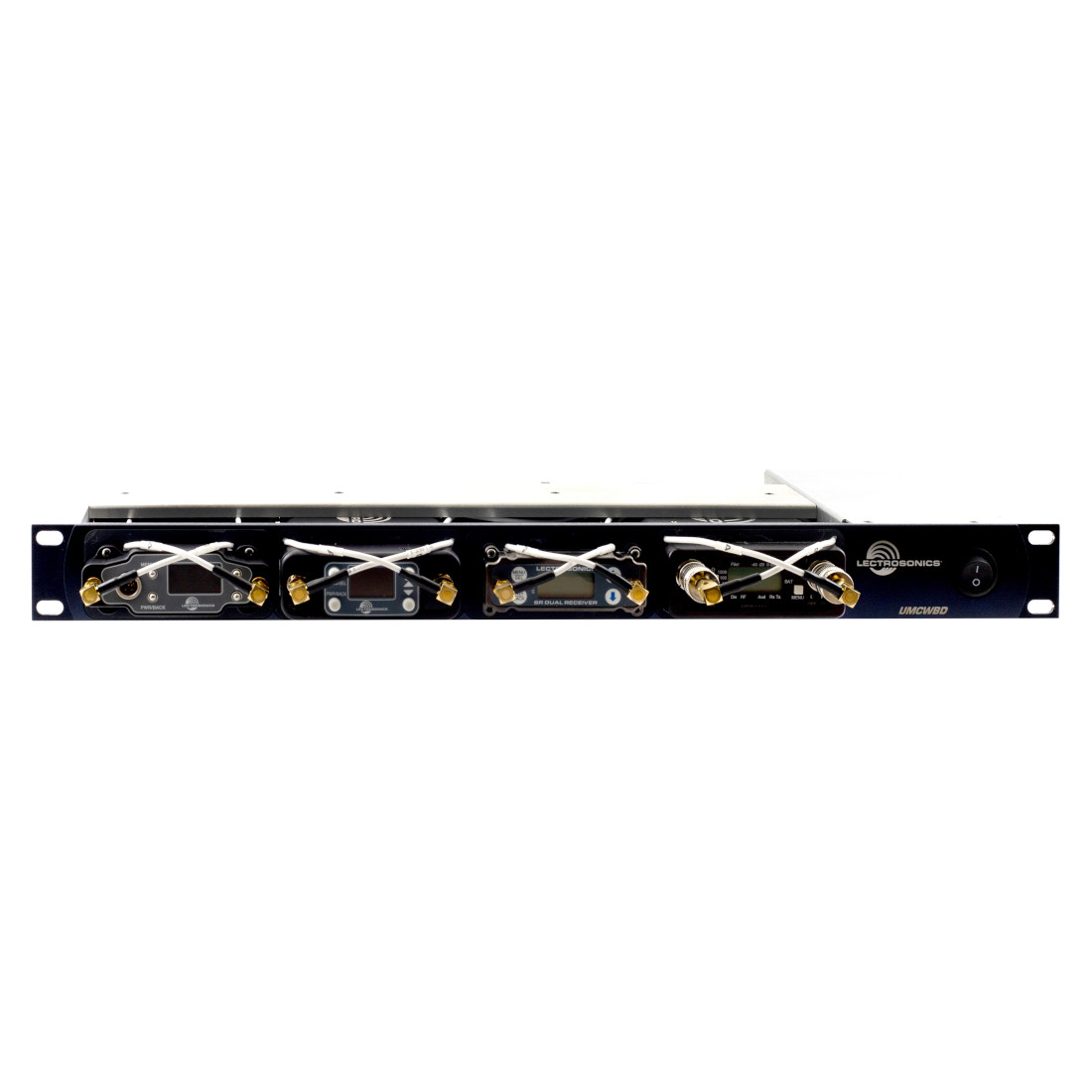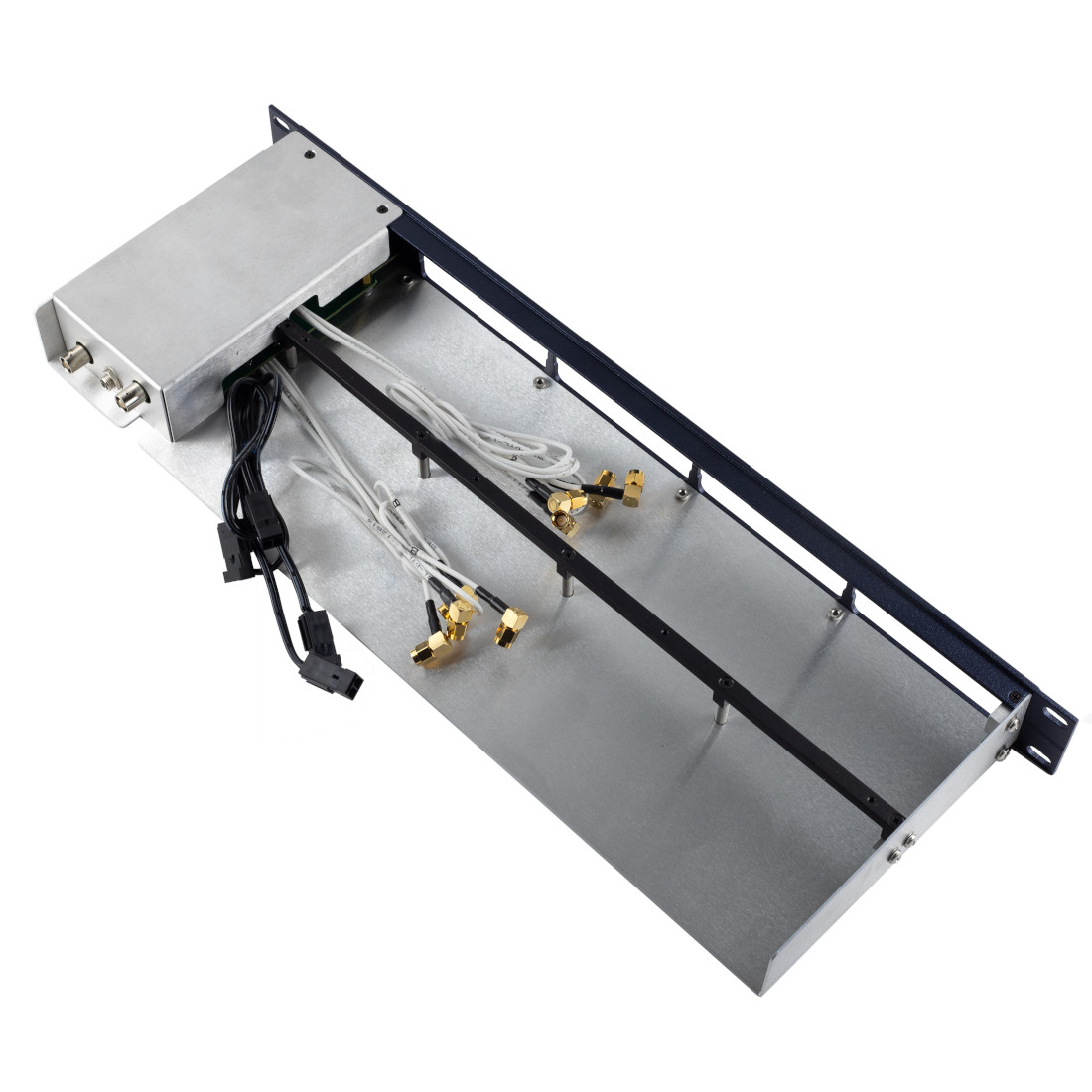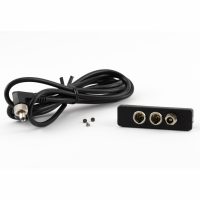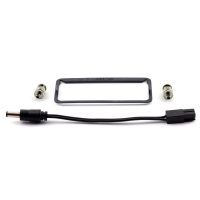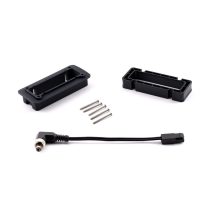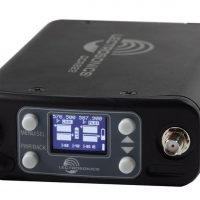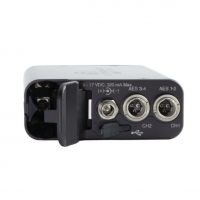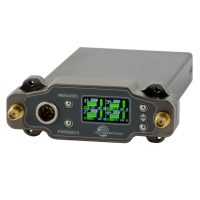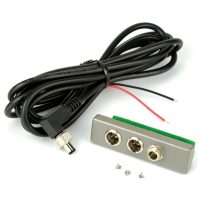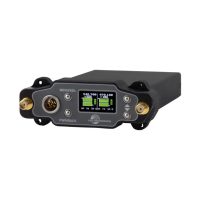Lectrosonics UMCWBD-L Wideband Multicoupler
USD2,608.00
Lectrosonics UMCWBD-L Wideband Multicoupler — The UMCWBD-L provides a mechanical rack mount with power and RF signal distribution for four diversity compact receivers in a single rack space.
UNAVAILABLE FOR SHIPPING OUTSIDE OF THE UNITED STATES AND CANADA.
Description
Lectrosonics UMCWBD-L Wideband Multicoupler
Lectrosonics UMCWBD-L Wideband Multicoupler — The UMCWBD-L provides a mechanical rack mount with power and RF signal distribution for four diversity compact receivers in a single rack space.
Mounting kits (available separately here) required for mounting receivers in the UMCWBD-L
SR- and DSR-type receivers require EXT backplates (not included).
Features:
- Four slots for up to 16 audio channels in 1RU
- Use with DCR822, DSR, DSR4, UCR411, and SR units
- 11-18 VDC
- DCR15/4AU dower supply included
- High quality RF distro covers Blocks 470-26, Bands A1, B1, C1
Overview
The UMCWBD-L multicoupler preserves the sensitivity and overload performance of the finest receivers. Selective filtering in the front end attenuates RF signals above and below the passband to suppress intermodulation and noise. Following the filters is a low noise RF amplifier with gain matched to compensate for the losses in the splitter that follows.
A precision strip line splitter/isolator divides the RF signal into four isolated signals, preventing spurious RF coupling between receivers. The splitter/isolator is termination independent, which prevents mismatched or disconnected RF outputs from affecting the other receivers. The assembly is powered from an external source of 11 to 18 VDC with individual auto-reset fuses for each receiver in the RF/power distribution module. This architecture eliminates ground loops and AC hum that can occur when the receiver outputs are connected to other audio equipment operating from a different AC source. Audio outputs come from the receivers.
You may also like…
-
Lectrosonics Receiver Mounting Kits for UMCWB-L
From: USD21.00 -
Lectrosonics DSR4 Four-Channel Digital Receiver
USD4,672.00
Product Categories
- Bargain Bin
- Books
- Boom Poles
- Bundles
- Cables & Adapters
- Camera Interfaces
- Cases, Bags & Harnesses
- Clearance
- Communications
- Connectors
- Expendables
- Featured
- Headphones
- Holiday Clearance
- In-Ear-Monitors
- Interfaces
- Microphones & Accessories
- Mixers
- Motorola
- NAGRA
- New Product
- Podcast
- Power Solutions
- PPE
- Press Boxes
- Pro Audio Converters
- Pro Video
- Recorders
- Slates & Timecode
- Sound Carts
- Trew Merchandise
- Used
- Walkie-Talkies
- Wireless


